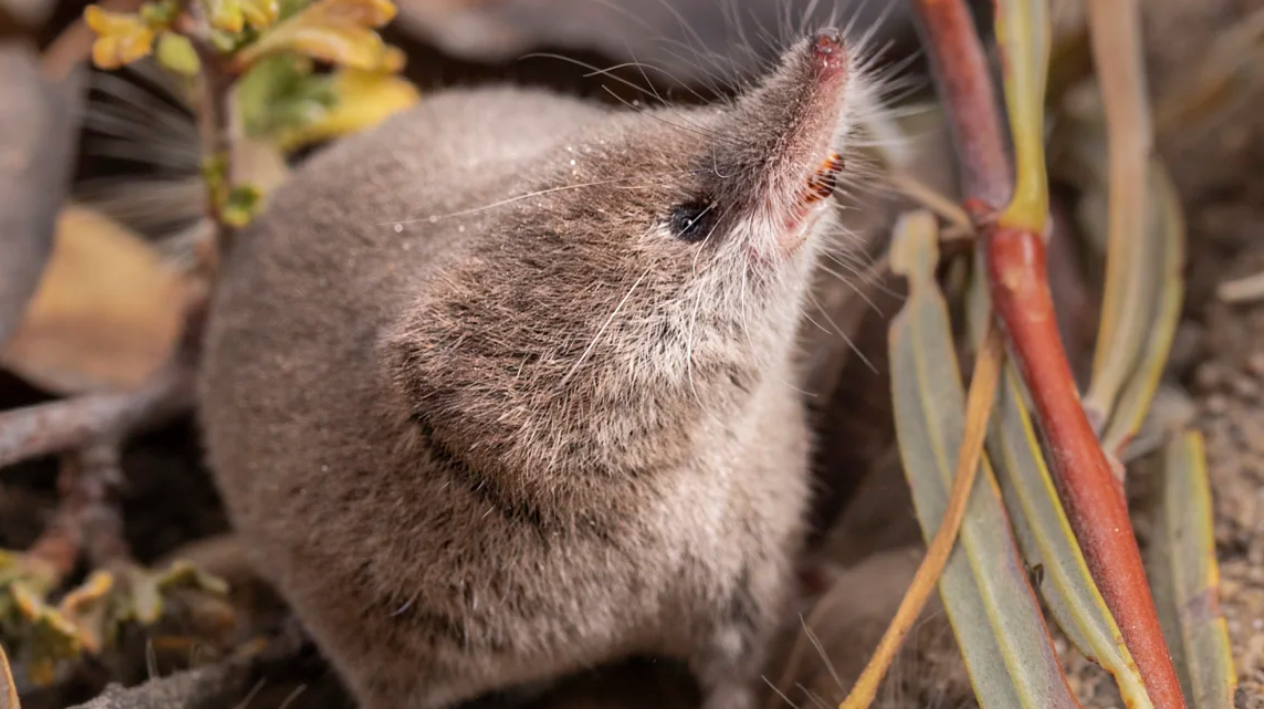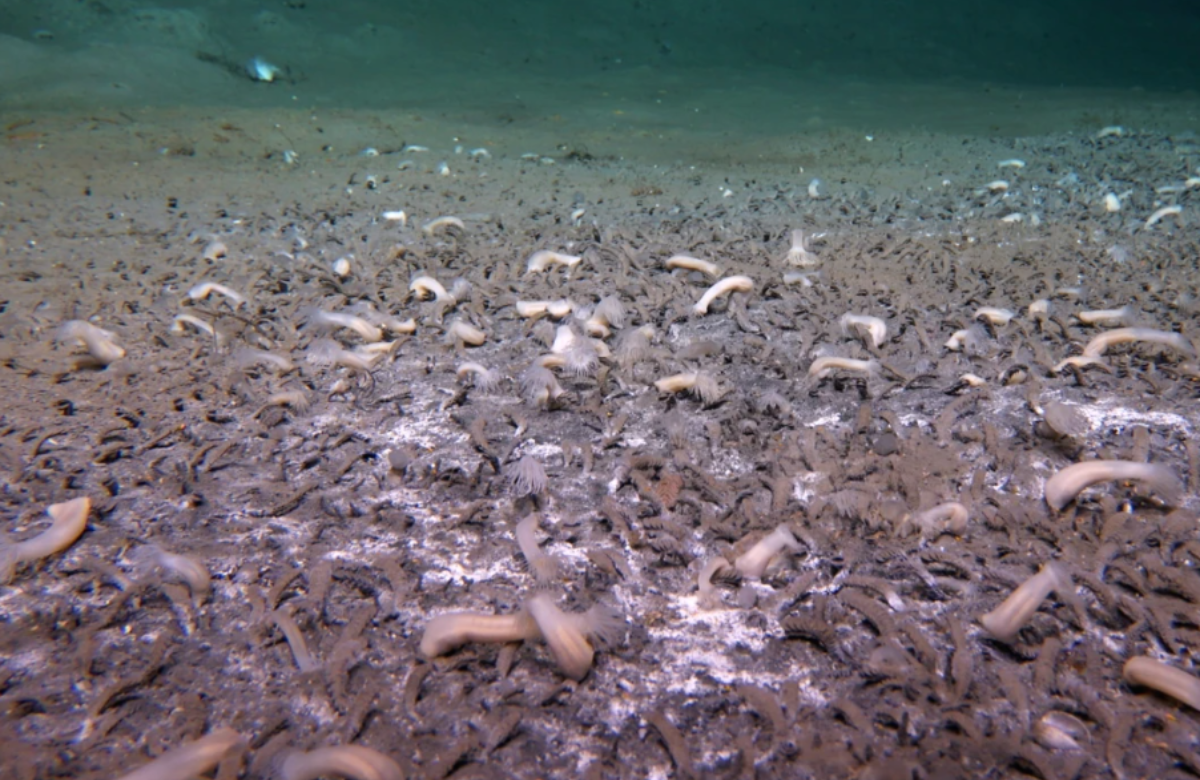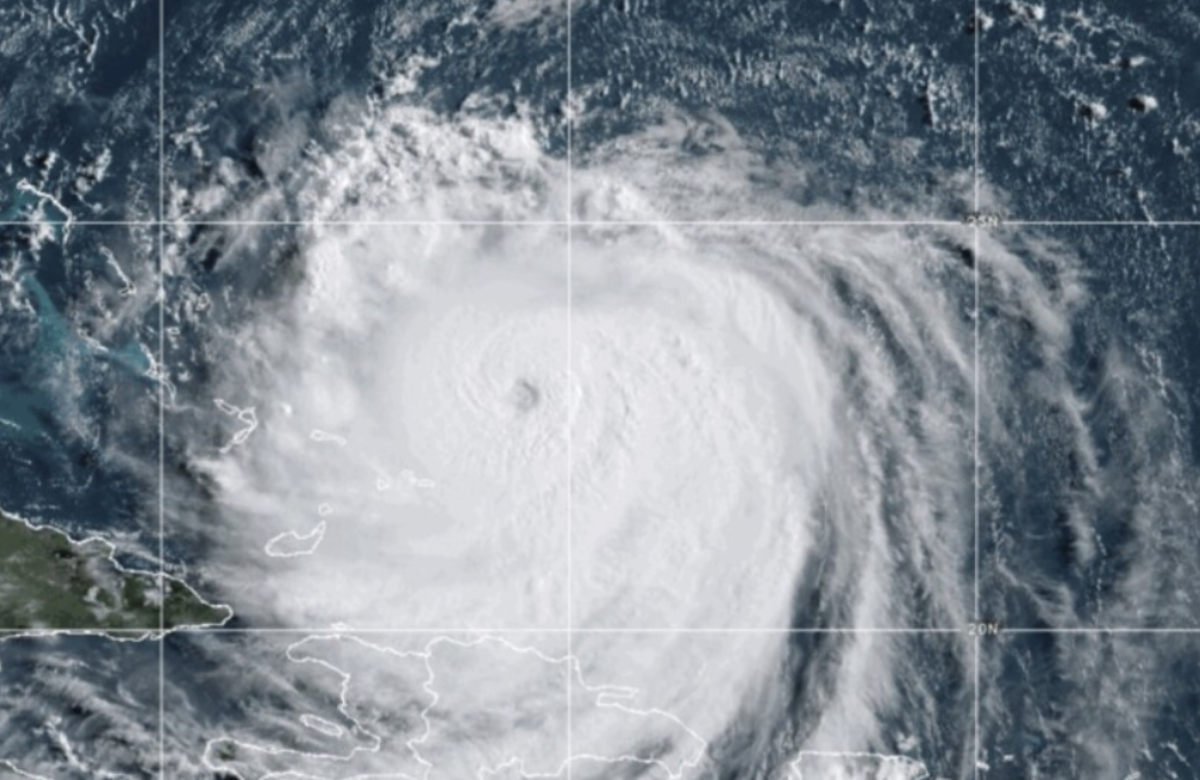In October, a historic achievement was made when wildlife photographer Vishal Subramanyan, along with student scientists Prakrit Jain and Harper Forbes, successfully captured the first-ever photographs of a live Mount Lyell shrew. This elusive mammal, native to California’s eastern Sierra Nevada mountains, had never been photographed alive before, making it the only mammal species in the state to have evaded human cameras.
The idea for the project originated with Jain, a student at the University of California, Berkeley, who was surprised to discover that no one had ever taken a photo of the Mount Lyell shrew. Together with Subramanyan and Forbes, they collaborated with the University of California Berkeley’s Museum of Vertebrate Zoology to plan an expedition to search for the shrews in the streams and wetlands near Lee Vining, a small community located about 300 miles east of San Francisco.
Shrews are notoriously hard to photograph due to their high metabolic rates, meaning they can’t survive without constant food intake. As a result, the team knew they needed to capture the animals quickly. They set over 100 pitfall traps, which the shrews would fall into as they traveled across the ground. The team monitored the traps round-the-clock, sleeping only two hours a night over three days to ensure the animals’ safety and wellbeing.
Their hard work paid off when they successfully captured and photographed six live Mount Lyell shrews before releasing them back into the wild.
Within just two hours of setting up their traps, the team caught their first Mount Lyell shrew. Wildlife photographer Vishal Subramanyan noted that the ease with which they caught the shrew—and the fact they ultimately captured six—demonstrated that the species is not as elusive as people may think. He emphasized that the shrew, and its ecosystem, are often overlooked and that a focused effort has been lacking to properly study them.
In addition to the Mount Lyell shrew, the team identified four other shrew species in the area, some of which closely resembled the Mount Lyell shrew. To confirm their findings, they performed genetic testing.
Handling the shrews was challenging, as they are known to bite and are venomous. Harper Forbes explained that they had to get creative in handling the animals, using plastic bags to weigh them. Despite their small size—only a few grams—the shrews would chew through the bags, making the process difficult but rewarding.
The team’s work also allowed them to observe the shrews’ behaviors, such as hiding food for later and taking quick naps. By capturing and photographing these live animals, the team made it possible for the public to connect with the species, which is critical for raising awareness and aiding conservation efforts.
The Mount Lyell shrew is extremely vulnerable to the effects of climate change, with predictions suggesting that it could lose up to 90% of its high-altitude habitat as temperatures rise. Without the awareness brought by these photos, Subramanyan believes the species could have quietly disappeared without anyone realizing its plight.















